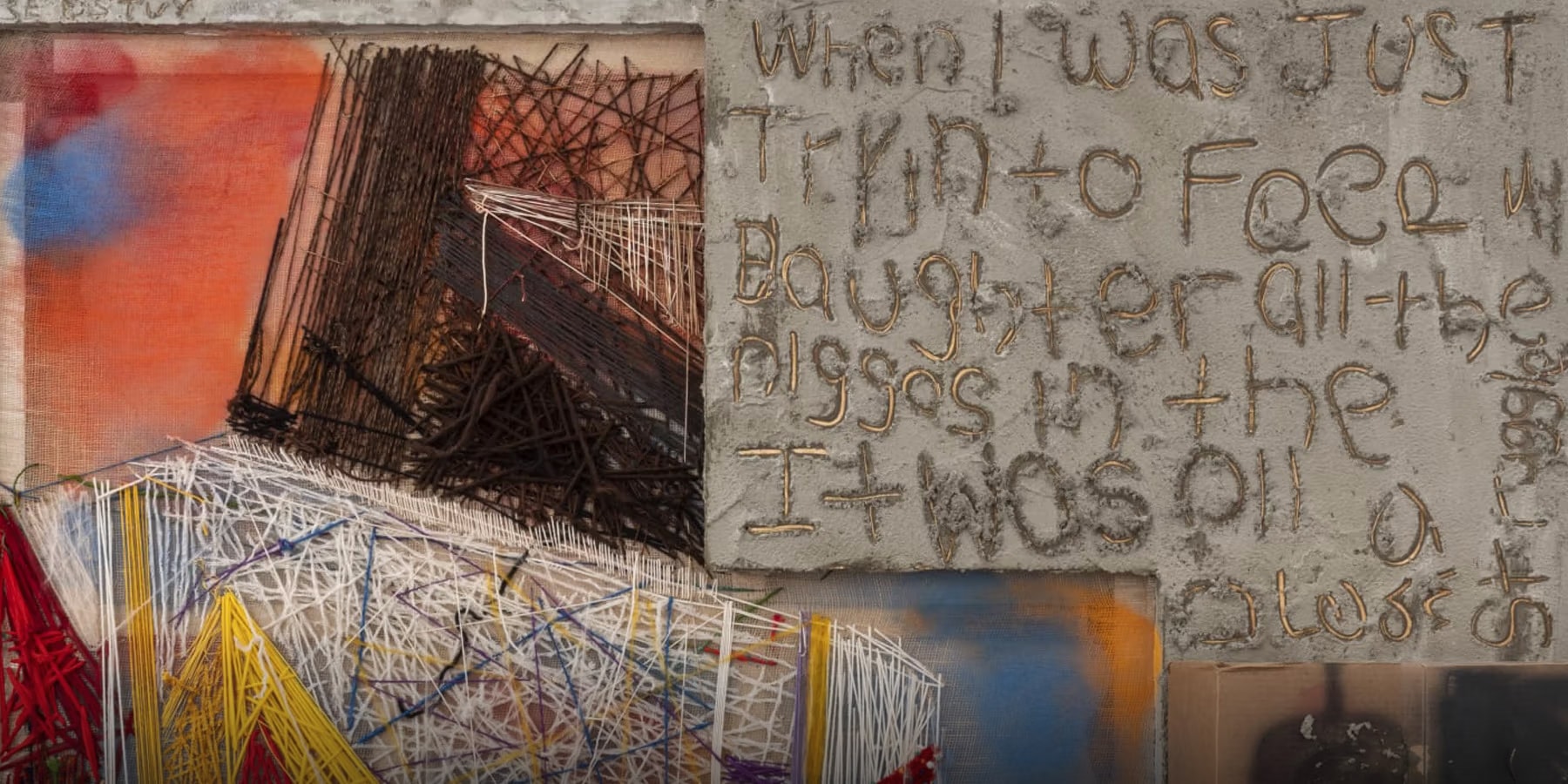

Alvaro Barrington has bopped around quite a few times in his life. The rising painter was born to Grenadian-Haitian parents in Caracas, Venezuela, but saw much of his coming of age transpire between Brooklyn and the Caribbean. Currently, he is based in London, where he has lived and worked for nearly a decade since graduating from the Slade School of Art in 2017. Barrington understands: no matter where you are in the world, you’ve always “gotta’ be fresh,” he tells Hypeart, “because you’re always going to be representing where you’re from.”
Flatbush is indelibly the place Barrington calls home today. And he carries much of the same spirit as his borough through his own art, which recalls notes of Biggie Smalls and Tupac Shakur, mixed with Afro-Caribbean traditions and Western art history. While he primarily describes himself as a painter, Barrington employs a multimedia approach to exploring interconnected histories and cultural production — conflating oils and acrylics with burlap, yarn, wood and neon signage — as a meditation on the very notion of home, both the real and metaphysical.
There is a constant sampling of art history with both hip hop and sports culture that pervades much of Barrington’s work. His GARDEN series, which was on view earlier this year at Thaddaeus Ropac Paris, featured mixed media pastel paintings that depict different scenes from the Chicago Bulls’ reign during the ‘90s and bordered by vibrant milk crate frames, which light up for an added pop. Inspired by the streets surrounding Madison Square Garden and Hieronymous Bosch’s The Garden of Earthly Delights (1490-1510), the works emphasized the social significance of sports, particularly “as a kind of parameter between the promises of what you can get and the hope of your neighborhood and your community,” Barrington previously explained.
In just a short span of time, Barrington has exhibited a meteoric rise like few other artists, staging his first institutional show at MoMA PS1 in the same year he graduated college. He is now represented by heavyweight galleries around the world, from BLUM, Thaddaeus Ropac and Karma to a recent commission by Tate Britain to occupy its Duveen Galleries. “Every part of my life, whenever there was a fork in the crossroad, my spirit always chose art,” Barrington remembers. “I always ended up getting connected to it.”
Supported by Bottega Veneta, Barrington’s Tate commission, GRACE, is a series of multimedia installations that pay tribute to the women who have shaped his life: from Barrington’s mother, sister and grandmother, to his former school teacher and mentor, Nari Ward. “GRACE,” the artist added, “is the constant reimagining of Black culture and aspirational attitude under foreign conditions.” In lieu of his monumental achievement, Hypeart hopped on a call with Barrington to catch up to his meteoric journey across the art world and how life in London has affected his practice.
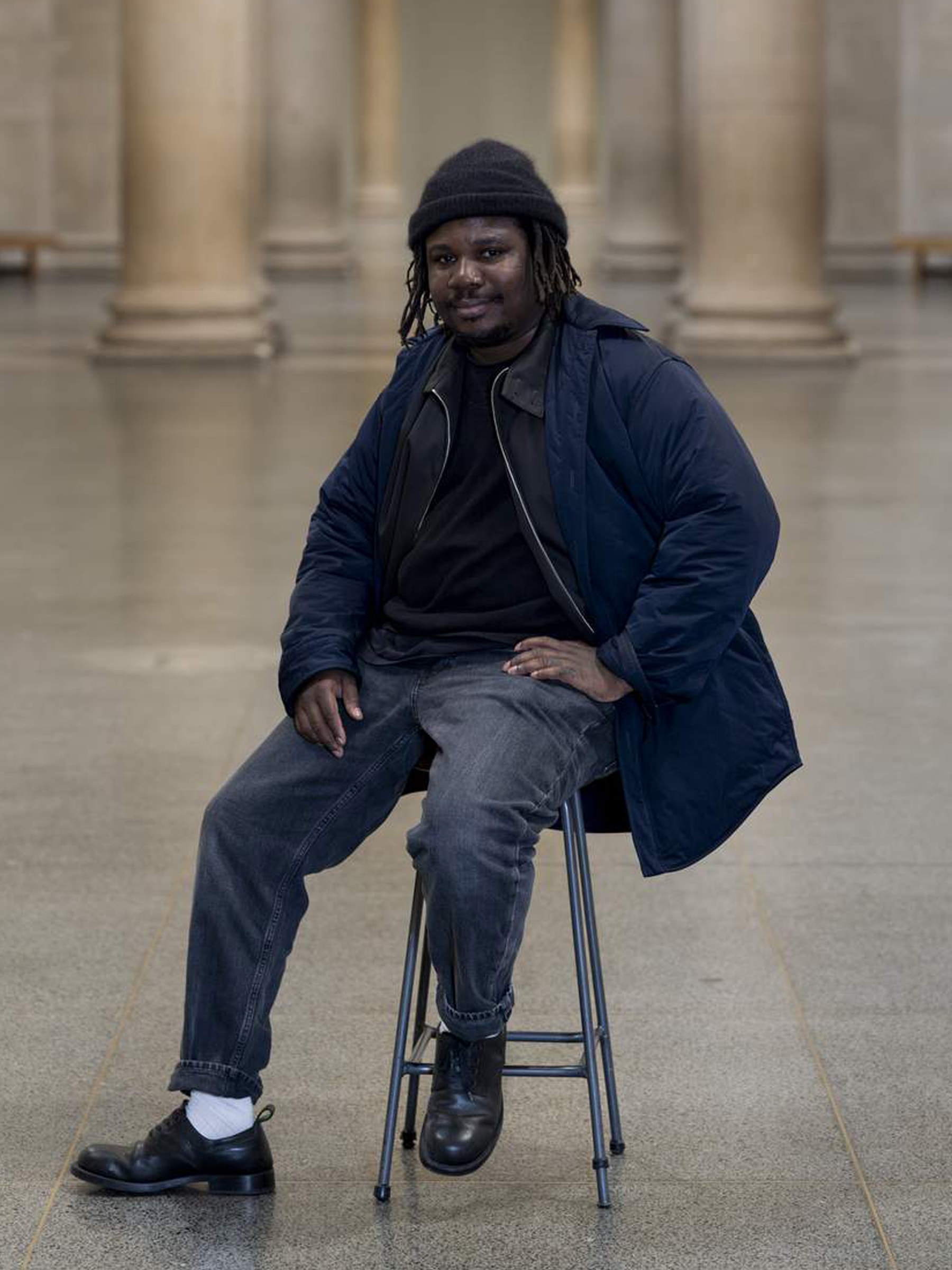
“I just felt like I was growing up in the greatest artistic era of any generation.”
If it wasn’t art, what career path do you think you would have pursued?
That’s a good question. It’s always funny when you hear: ‘If you weren’t a rapper, what would you be?’ And they’d respond: ‘Dead or in prison.’ Maybe it’s a self-fulfilling narrative: Every part of my life, whenever there was a fork in the crossroad, my spirit always chose art. I always ended up getting connected to it.
For someone who believes in free will and choice, I don’t believe I had a choice in the matter. It kept showing up in my life, even before I was doing it, I was having panic attacks because I knew I was going down the wrong road. There were moments where I had to go to therapy because I was working at a retail job and would have panic attack after panic attack. My therapist said: ‘You know what you’ve got to do.’
How then, did your artist journey unfold and who or what types of periods and artists impacted your own personal expression?
Growing up in Brooklyn in the ‘80s, ‘90s, ‘00s, it was the era when rappers had to prove themselves on their block, before they got to blow up globally. You had to really claim your neighborhood or move to the next one over. I just felt like I was growing up in the greatest artistic era of any generation.
I’ve told this story a few times: I remember Kanye performing for like $5 and these two girls started fighting, where one knocked the other out. Than the shawty I was with at the time was like: ‘Yo this shit ghetto,’ so we left. There was like 10 people at the show and it kept going. I grew up around art. I would say Tupac is the greatest artist of my generation. Maybe now is Kanye, I don’t know.
Can you expand on the New York City of your youth, from the ‘90s till today. How has the mood or vibe changed?
New York in the ‘80s and ‘90s was tough. ‘90s and 2000s, there was a lot of violence, but people weren’t struggling — I mean we were struggling, but it wasn’t like today, where most people in New York are living paycheck to paycheck. You get on the subway and you know you have to work 60 hours this week just to pay the bills and if the train is late, you might have to cut lunch that day. New York is different because everyone is just trying to survive, even the wealthy people. There was an article saying that earning 200 grand is like 80 in another city. But that’s also why so much creativity comes out of New York.
Your practice encompasses so many different mediums. How would you define it?
I’m a painter…I like my work to do what Tupac did. I really think I’m a disciple of him. In a way, I would like for it to be what big homie did for me, using the tools he had, which was his voice. Whereas, I know how to make a good painting. He may look at an Anita Baker track and figure out how to use the sound. I kind of do that with painting, I think about sampling all the time.
What is your process of sampling hip hop and sports culture in your work — from Kobe to Jordan to Jay-Z.
Each comes from a moment. I went out to LA right after Kobe died and just felt how sad the city felt. It was a weird feeling, where the texture of the city was just filled with sadness. Nipsey Hussle had also just died. I don’t know if you’ve been to a place where the whole texture of the city changed.
Yeah I remember that vividly. I’m from LA and remember that morning. It’s not on the same vein as 9/11, but it’s similar in that you remember the moment you learned.
Yeah, I mean I didn’t have a barometer for 9/11, but I remember when Kobe or Nip died. It was different. I just felt, ‘Maybe I should make a painting of it?’
I took milk crates, referencing what we used to use to play ball back in the day, and made a stained glass painting out of it. If you grew up how we did, having milk crates as a basketball frame, it just made sense for any type of basketball painting. Similar to what Jay-Z said, “The streets is watching,” let me paint our of cement because the streets is watching.
“Culture, to me, is just the story we tell ourselves about ourselves.”
You constantly mine references from art history, from Vermeer and the Dutch Golden Age opening the world to free-market capitalism, the French and the concept of the storefront to New York City and how culture became a new form of luxury. Can you expand on that last point you’ve previously made?
Isn’t that what Hypebeast is? [laughs].
Culture, to me, is just the story we tell ourselves about ourselves. If you tell yourself: ‘I’m from Brooklyn…this, that means you have certain ideas about what it means to be from Brooklyn. It’s a certain idea of how you’re going to move in life. It means you may have a certain pride in yourself, that if you’re from Madison, Wisconsin, you might not have. That’s a cultural story, meaning you had to make it cool. If you’re from Flatbush, you have to represent Flatbush. Don’t go up to Harlem and embarrass us.
One time I was in Harlem with my homies and some dudes come out. Me and my mans know we’re about to get jumped, so we decide to dip. Our other mans said, ‘F*ck it, I’m fighting.’ He runs back, so we go back across the street ready to fight and the guy called out the name of my bigger cousin, saying: ‘blah, blah, blah, I’ma tell your bigger cousin you ran.’ I thought I was going to get jumped there, but actually got jumped when I got back, because my cousin heard that I initially ran. He said: ‘Don’t ever run, you’re from Flatbush. What are you doing?’
I’m illustrating this story to say that culture of pride, that culture of whatever you got on — whether the GAP, a white tee whatever — it’s gotta’ be fresh, because you’re always going to be representing where you’re from. Culture is just seeing, ‘Oh, those guys are cool over there. Let’s just make sure we on it too.’
How was the transition to London? It’s been about a decade now that you’ve been across the pond.
I’m more connected to being West Indian, which is where my parents are from — mainly because I have more family that moved here [London] than to Brooklyn. Most Black people here are not West Indian, they’re African. Whereas in Brooklyn, most Black people are African-American or Caribbean. Even Biggie was Caribbean. It was so a part of the culture. Harlem was predominantly Black-Americans. The Bronx consisted of Puerto Ricans and Dominicans. Here, I feel more West Indian and aware of that energy. I feel American, but the work does look different for some reason.
Given the history of British imperialism and how that’s affected virtually every corner of the world, including your family’s native country — now that you live in the UK and have work at the Tate Britain, can you walk us through what concepts and messages you had for this body of work?
There’s two things: I always thought of myself as American and from New York. But half of my life, I spent my first couple years in Grenada and the Queen, now King, was my head of state. So that’s an interesting concept. To be frank, growing up in my neighborhood, we didn’t care what Nirvana or Blink 182 did. You saw how them Haitians came out for the Fugees. You weren’t thinking about Seinfeld. No disrespect to Seinfeld, but you weren’t imagining other people, cause you were just in this crazy center of the universe.
So I’m just accustomed to being at the center of my own universe, and in a way, don’t really think of British imperialism, ‘cuz when I’m in Jamaica? Jamaica is Jamaica. Of course King Charles exists, but when you go to Carnival in Grenada, you’re not thinking about that. Even Notting Hill Carnival, you’re not thinking about ‘over there.’ It’s its own energy.
I remember one of my homies like 15 years ago, he had never left the block and said: ‘I don’t think there are white people in America.’ I laughed and said, ‘Yo, white people are the majority of America haha.’ And he was confused because everyone that he interacted with was Black. But I’ve definitely been affected by imperialism. The year I was born, [Ronald] Reagan invaded Grenada. But in a way, it feels like US policy affected me just as much when I lived in Grenada as it did when I was living in Brooklyn and when I’m traveling. The US isn’t really a liked country right now. I think if we hadn’t bombed Iraq and all those people after 9/11, we probably wouldn’t have ended up with Trump as a president.
Reaganomics affected me just as much being in Brooklyn as it did in the Caribbean. In the same way, Biggie affects me just as much when I’m in Brooklyn as when I went to China or Argentina. I don’t know what people were listening to in Argentina in ’97, but when he died, strangers out there told how they felt sad.
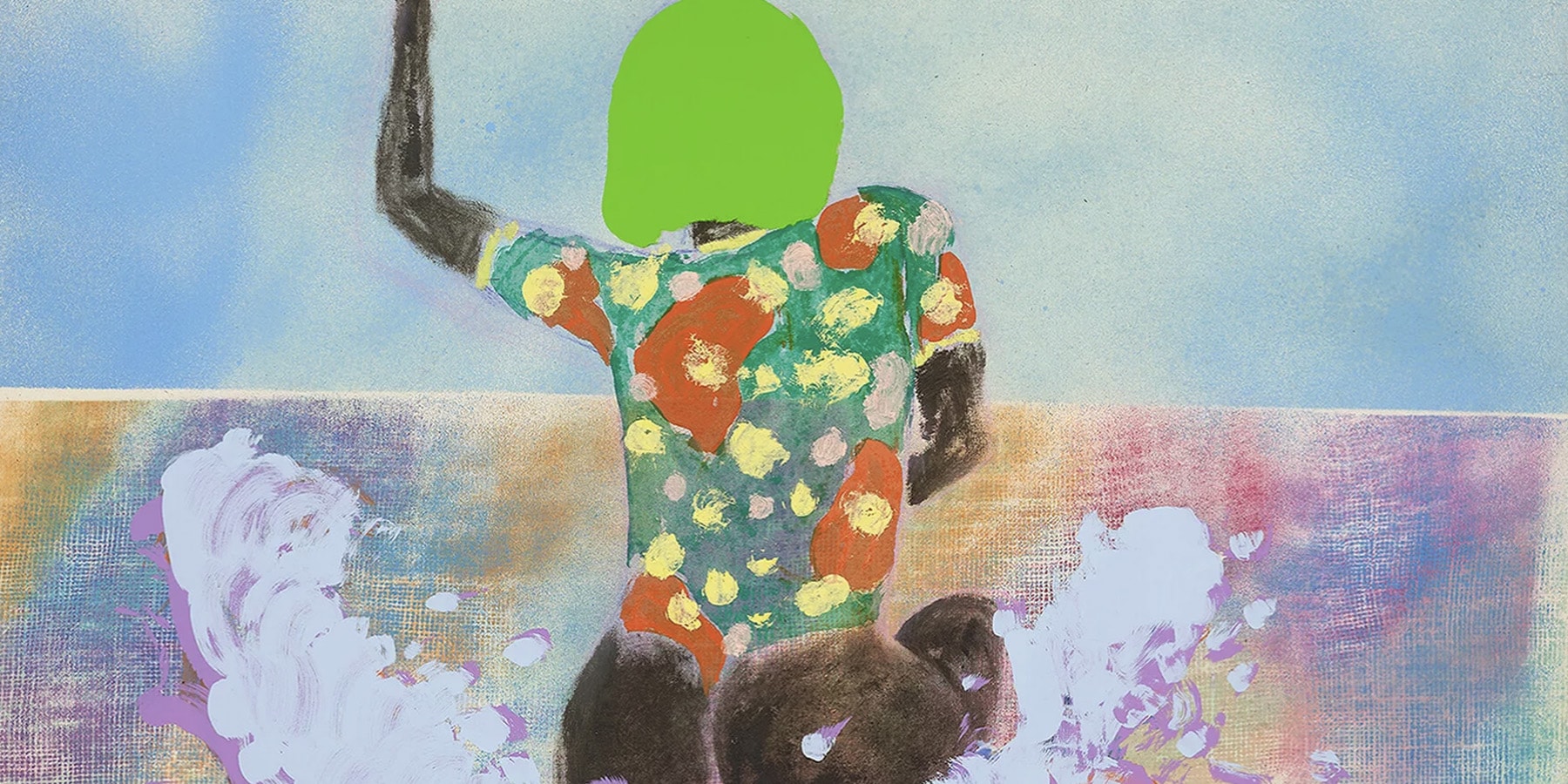
Would you say there are any underlying messages you want your audience to experience or is your practice purely a form of self expression?
I’m very selfish. I just make things that feel real to me. And I hope that it’s done in a way that makes other people feel, ‘I felt sad when Kobe died too.’ Growing up, I used to hate conscious rap. I don’t know bro, that’s not for me. Give me a Busta Rhymes song any day. I’m not really a preacher. I just want to say: ‘This is what I experienced.’
What does the rest of 2024 look like?
Painting has to become more culturally important in the same way Andy Warhol once made painting culturally relevant. The main goal is to make the act of painting feel responsible to the people again. That’s a mission for me.
Portrait: © Tate (Jai Monaghan). All artwork and images courtesy of Alvaro Barrington for Hypeart.

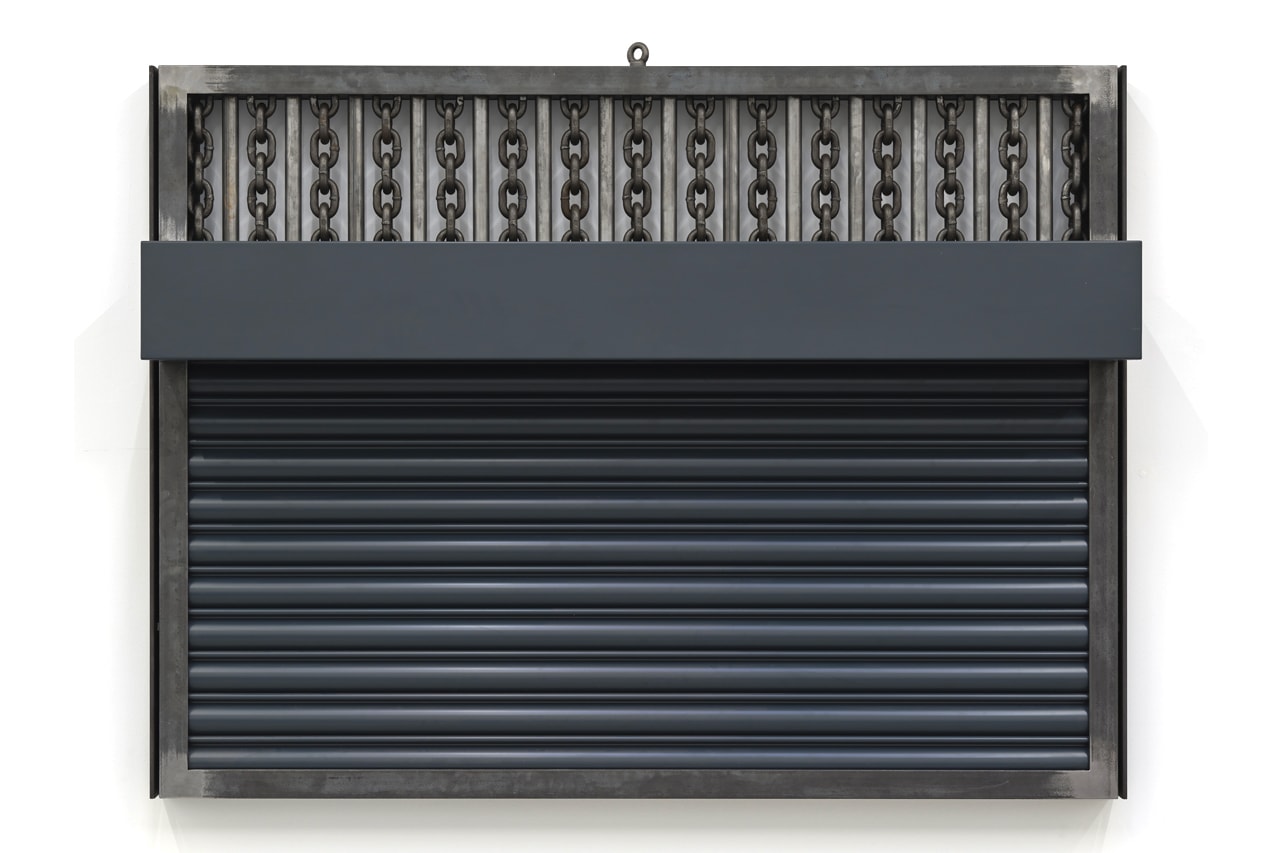
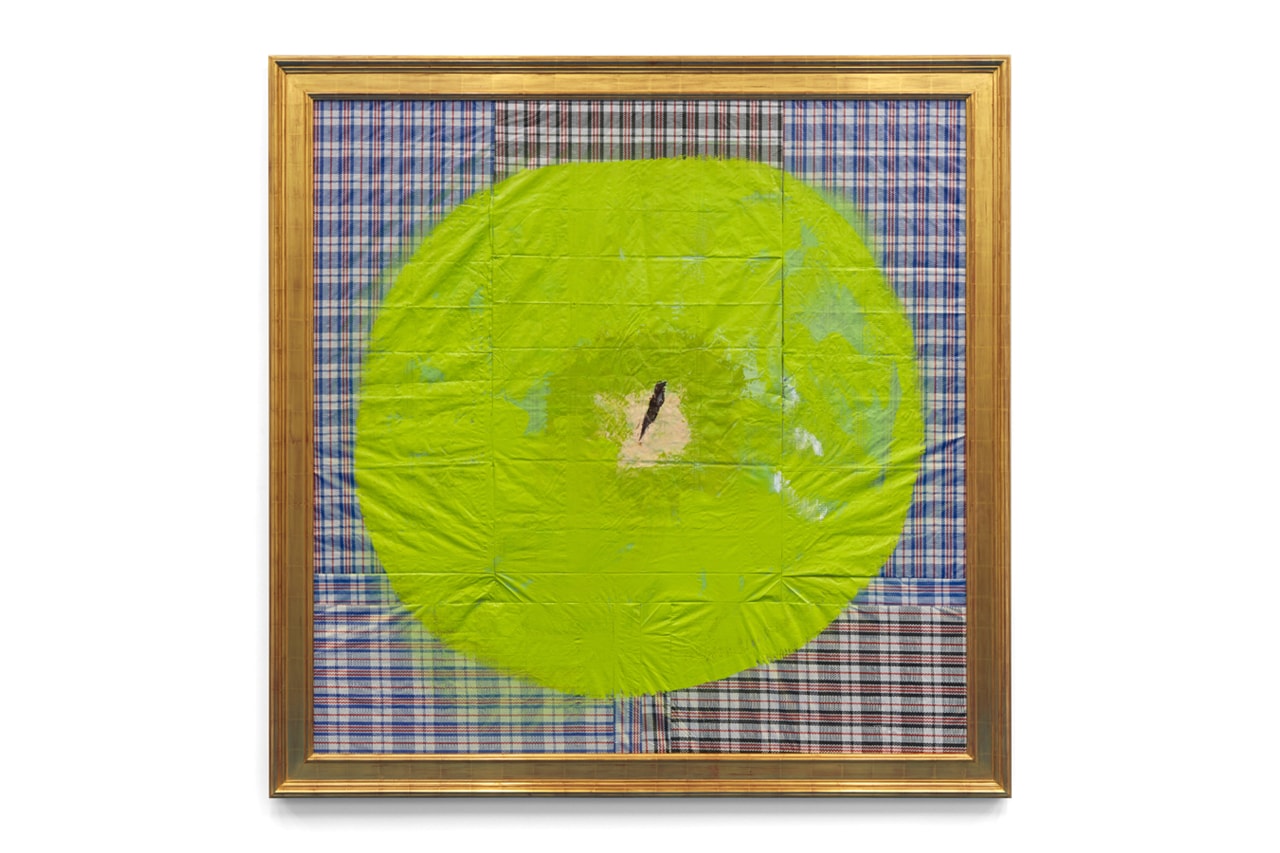
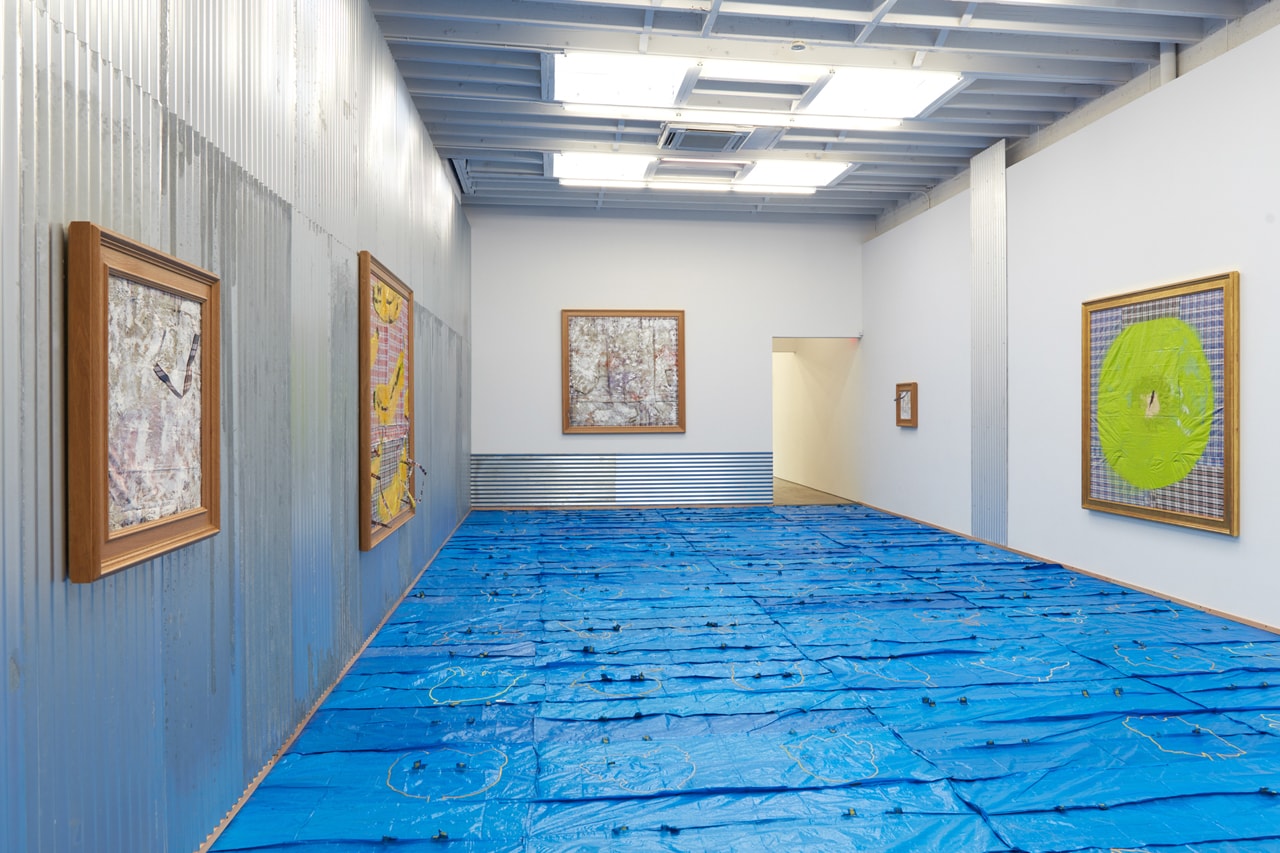
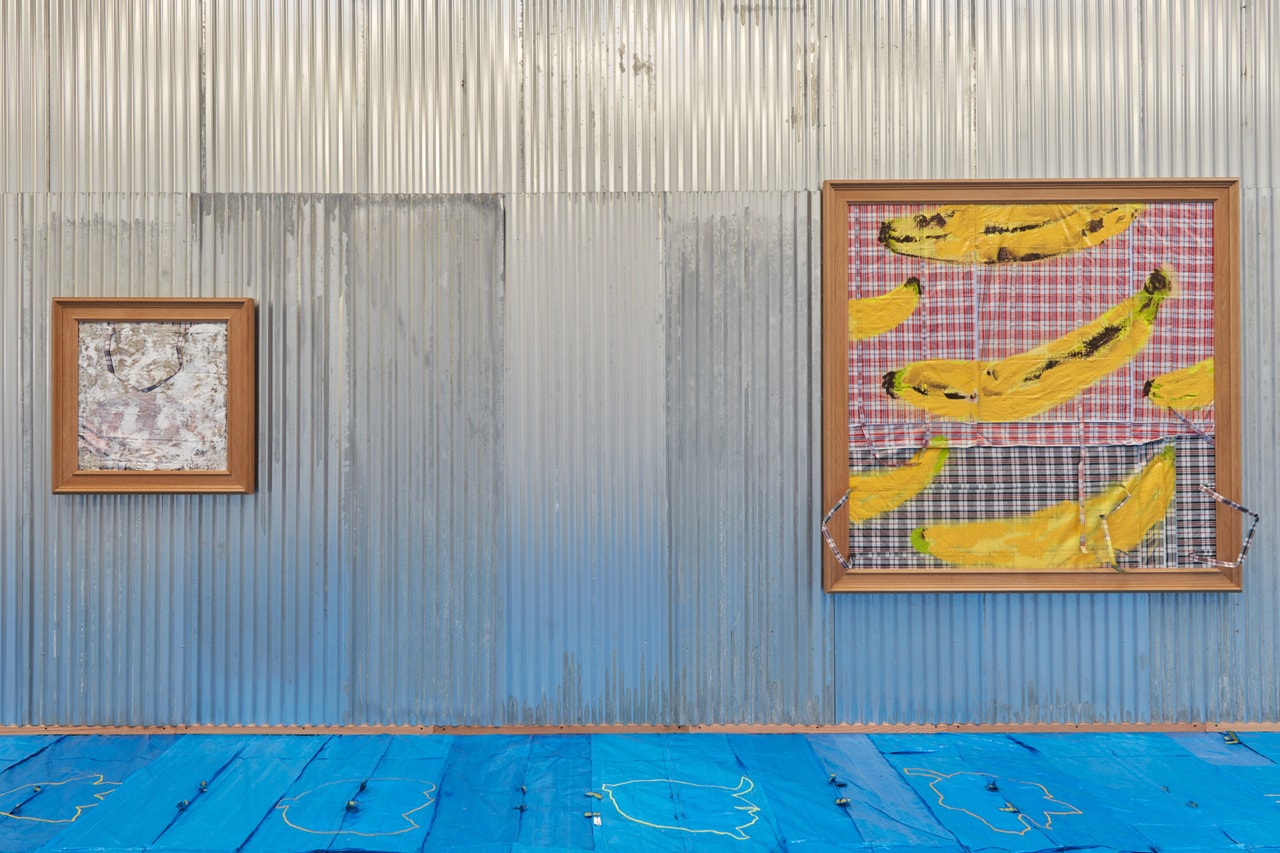
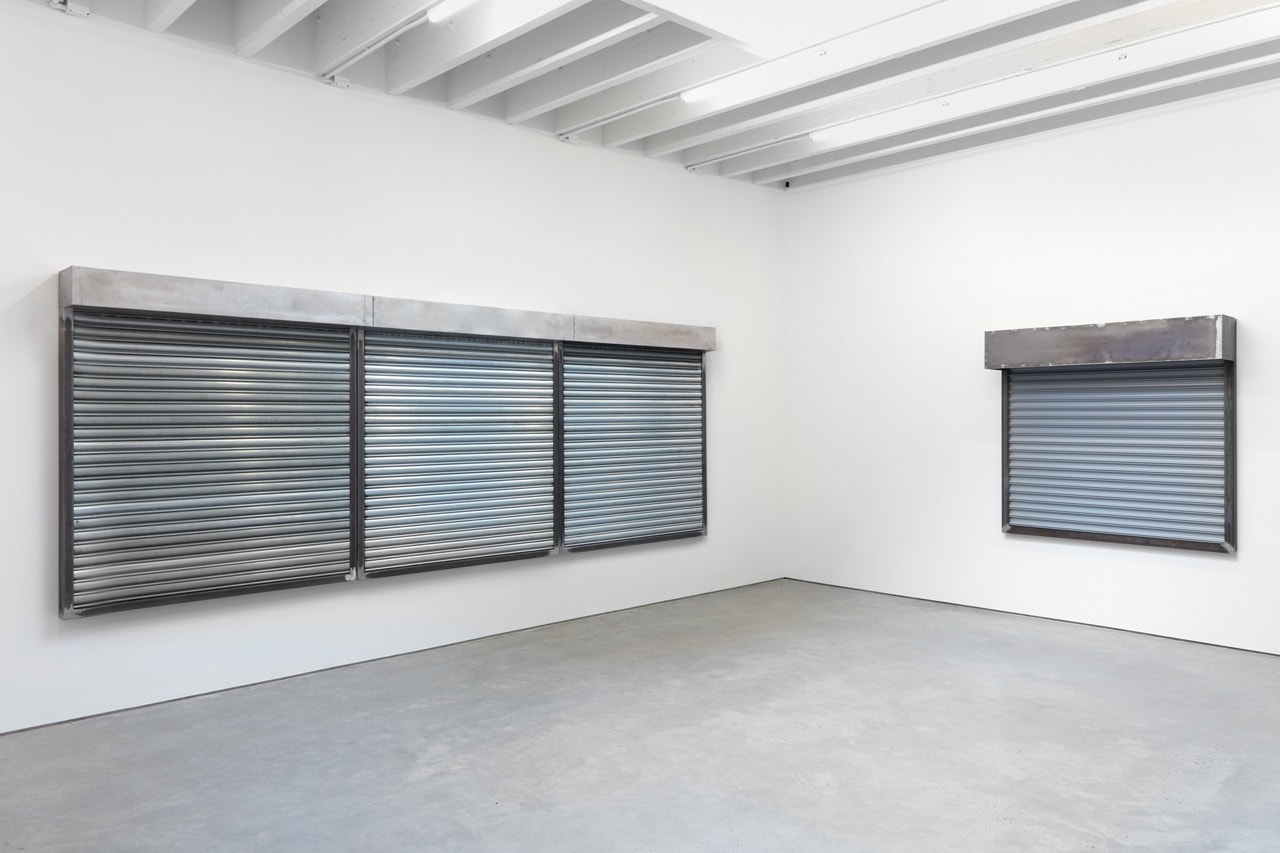
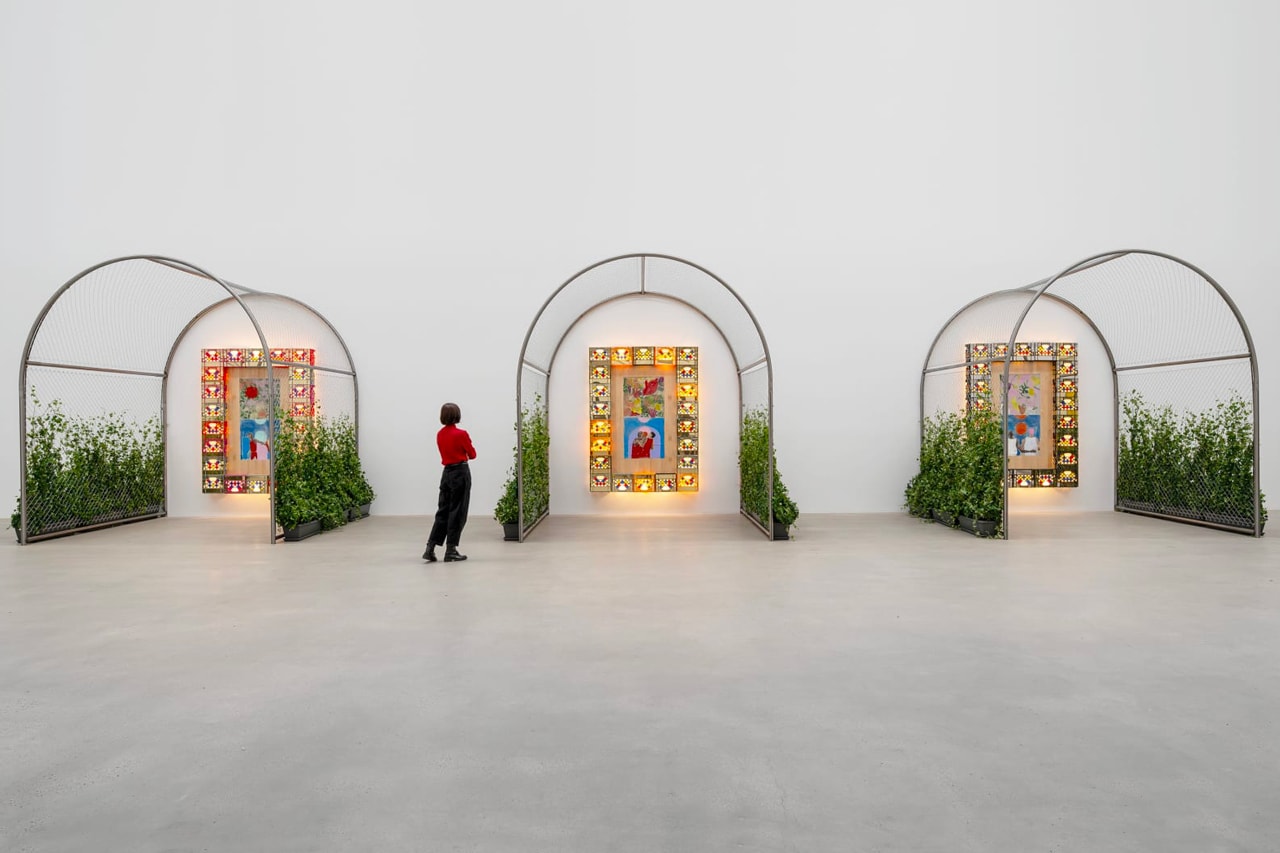
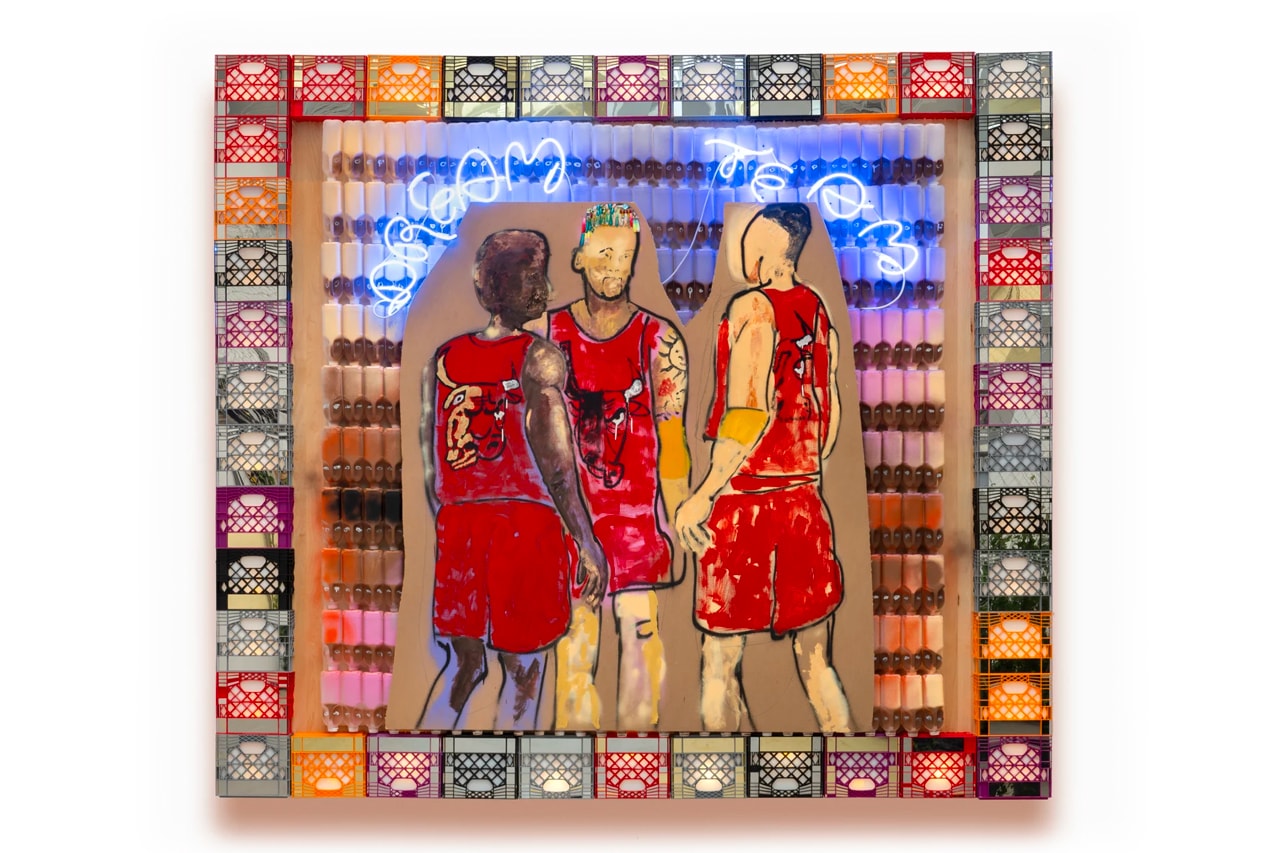
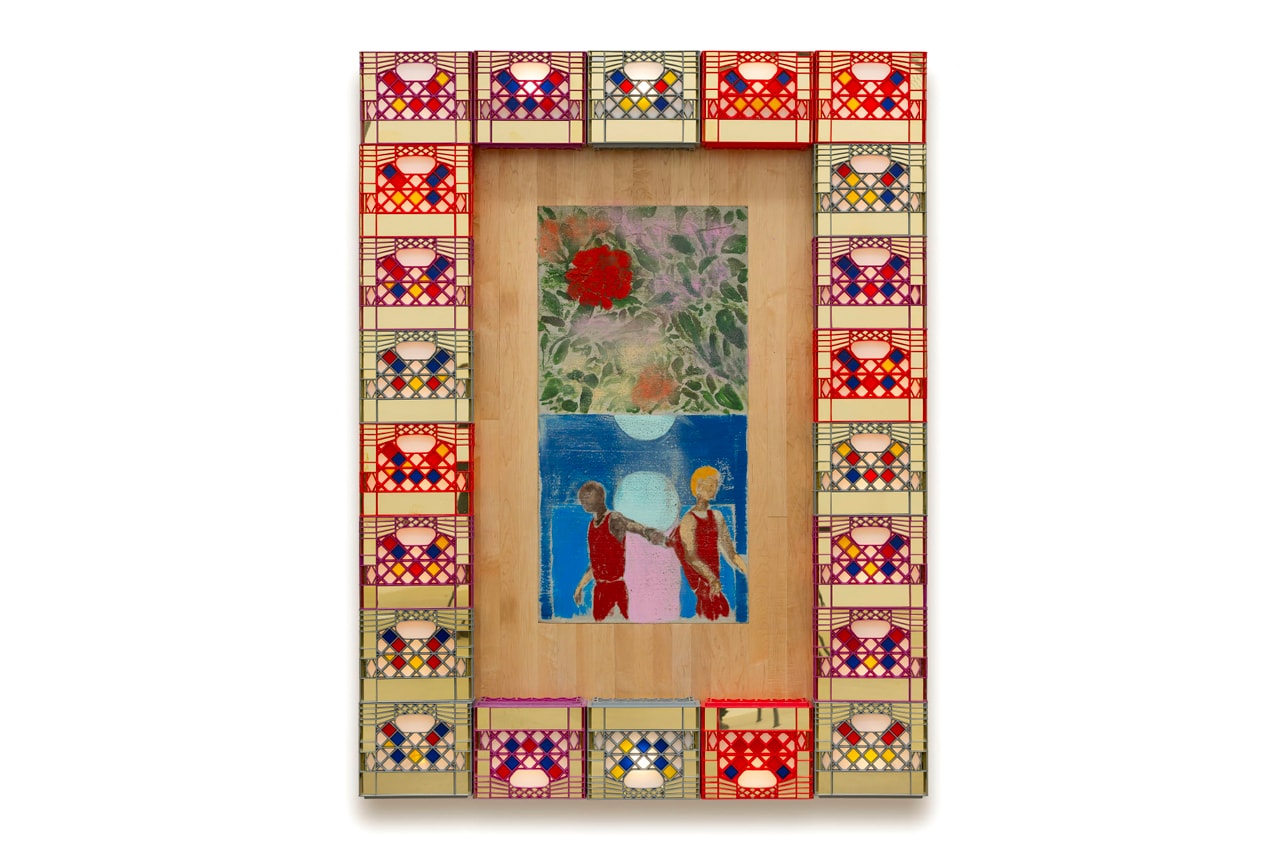

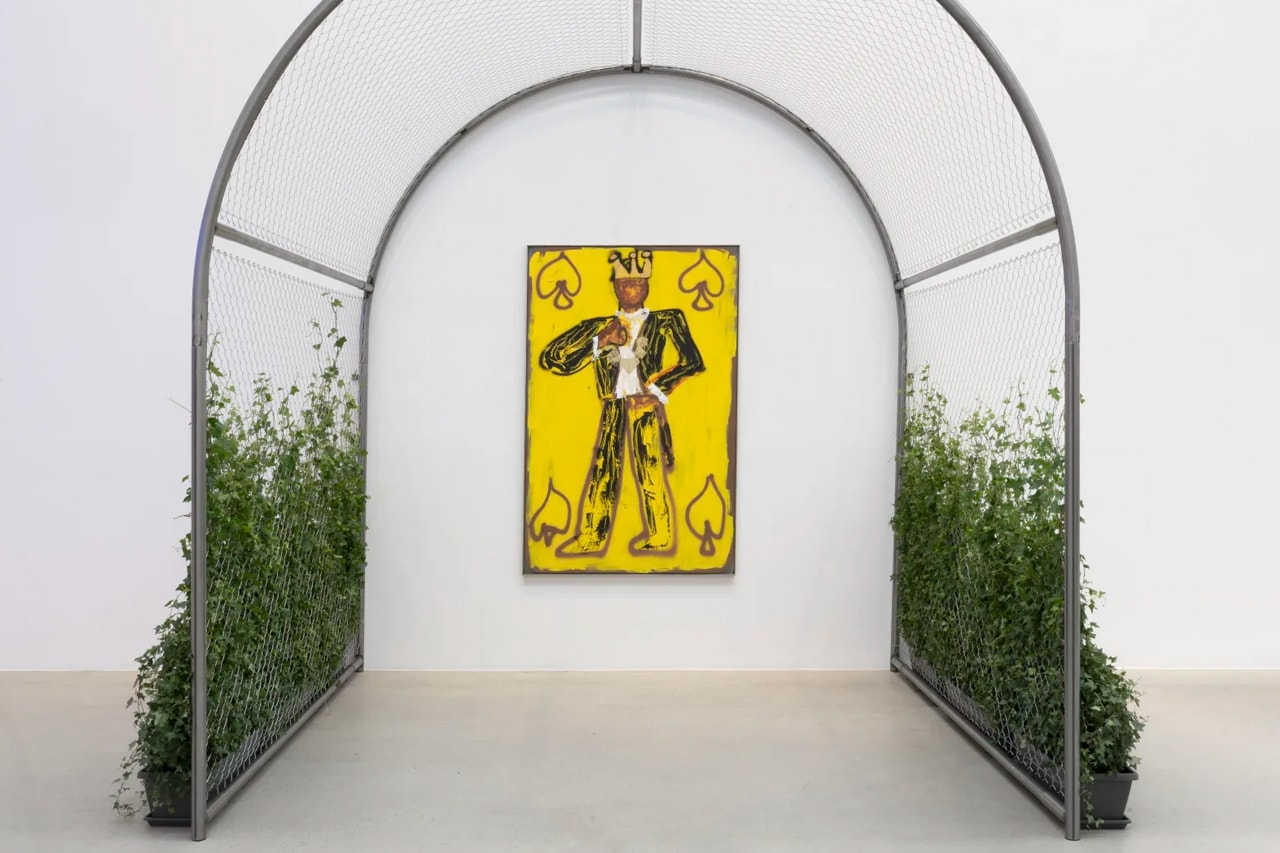
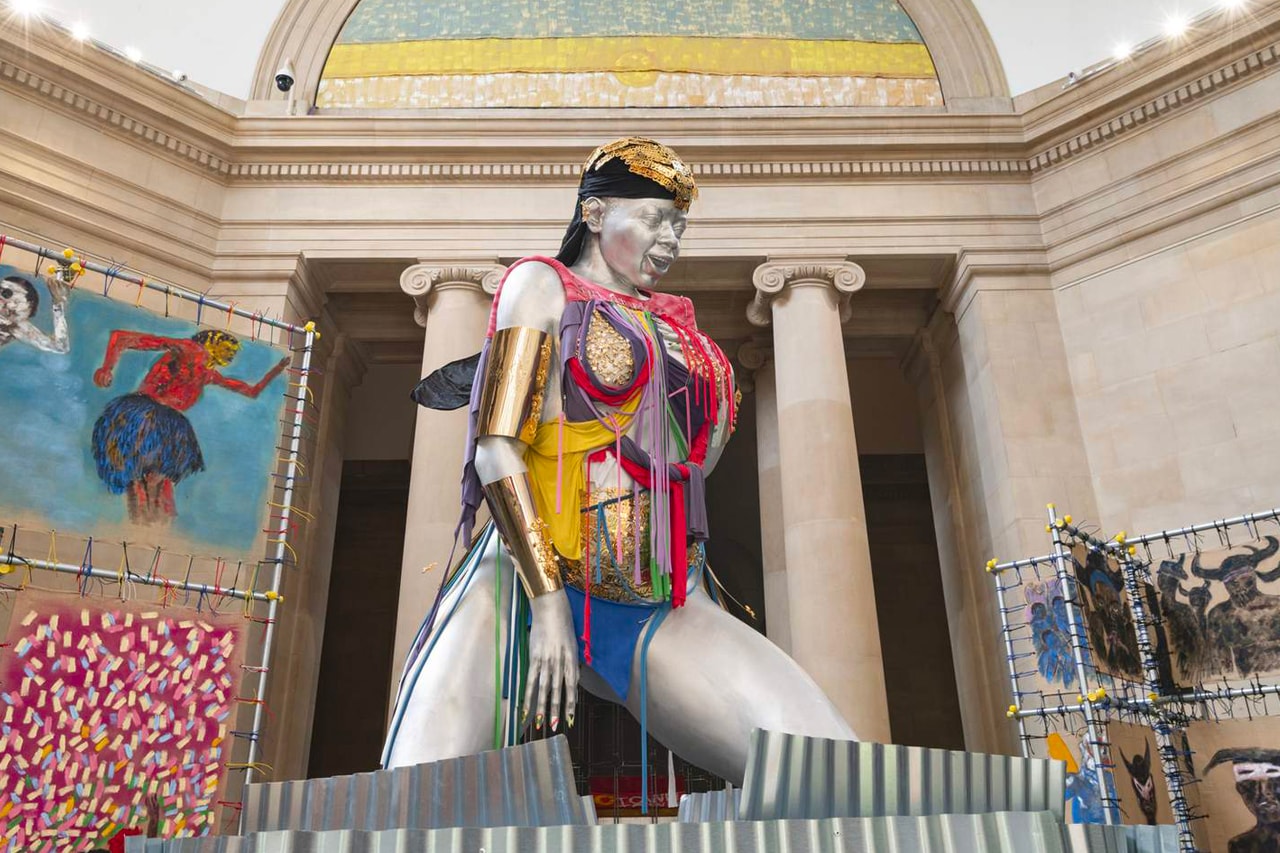


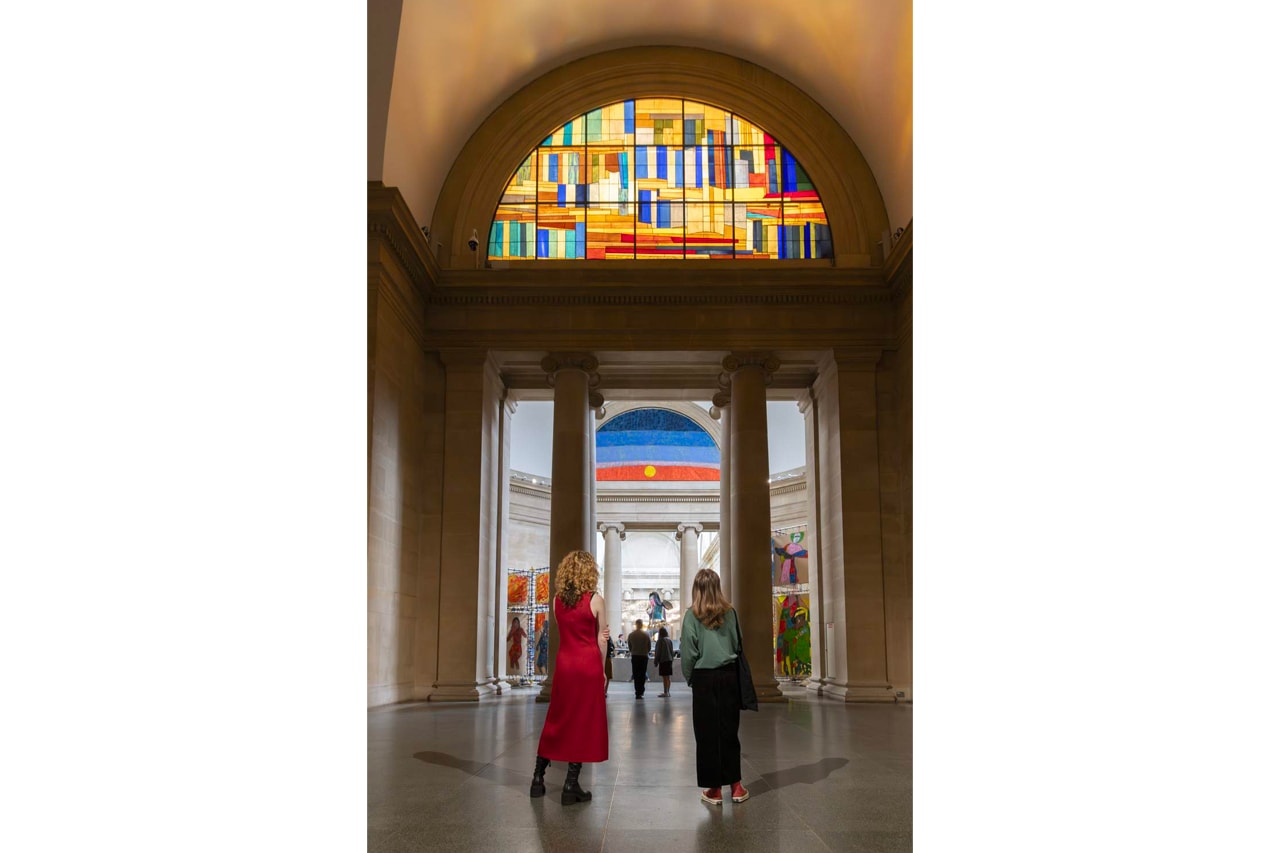
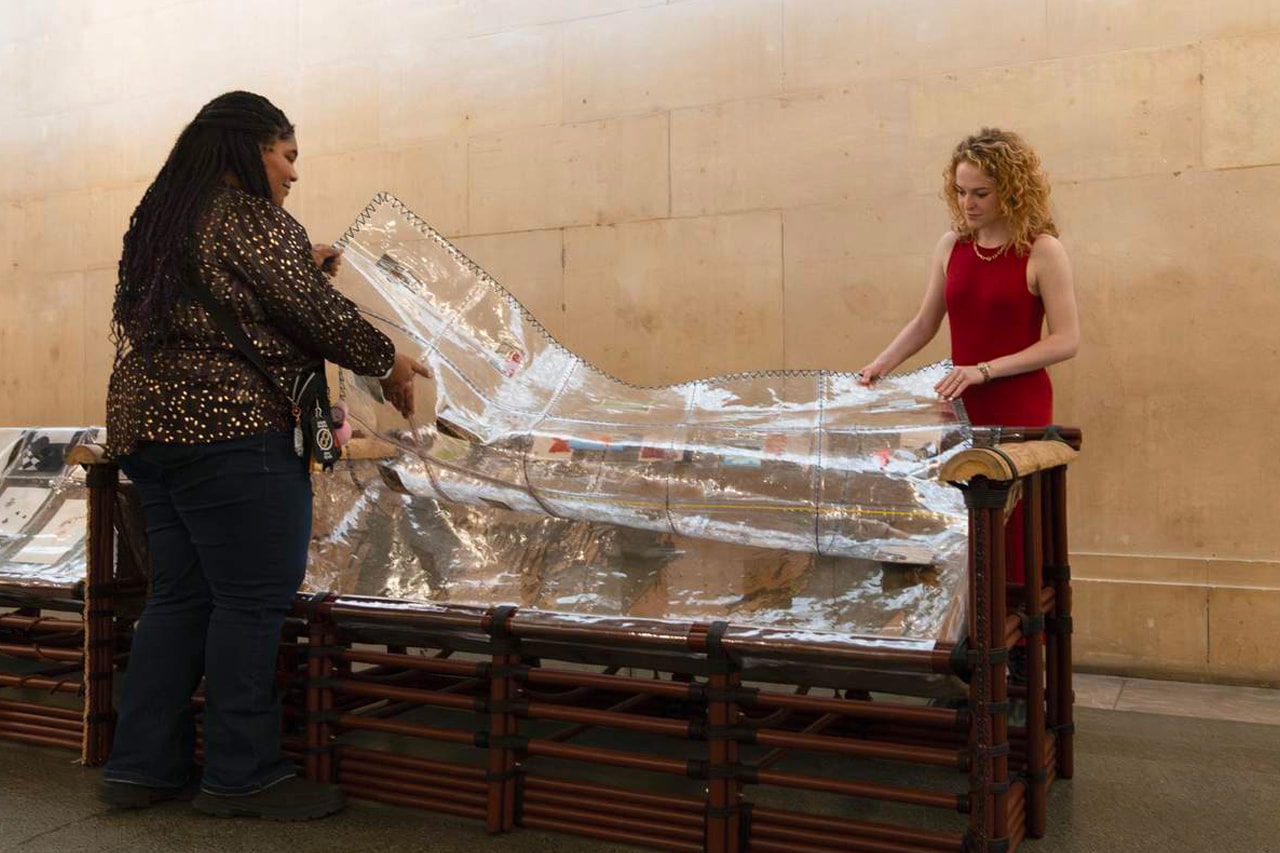
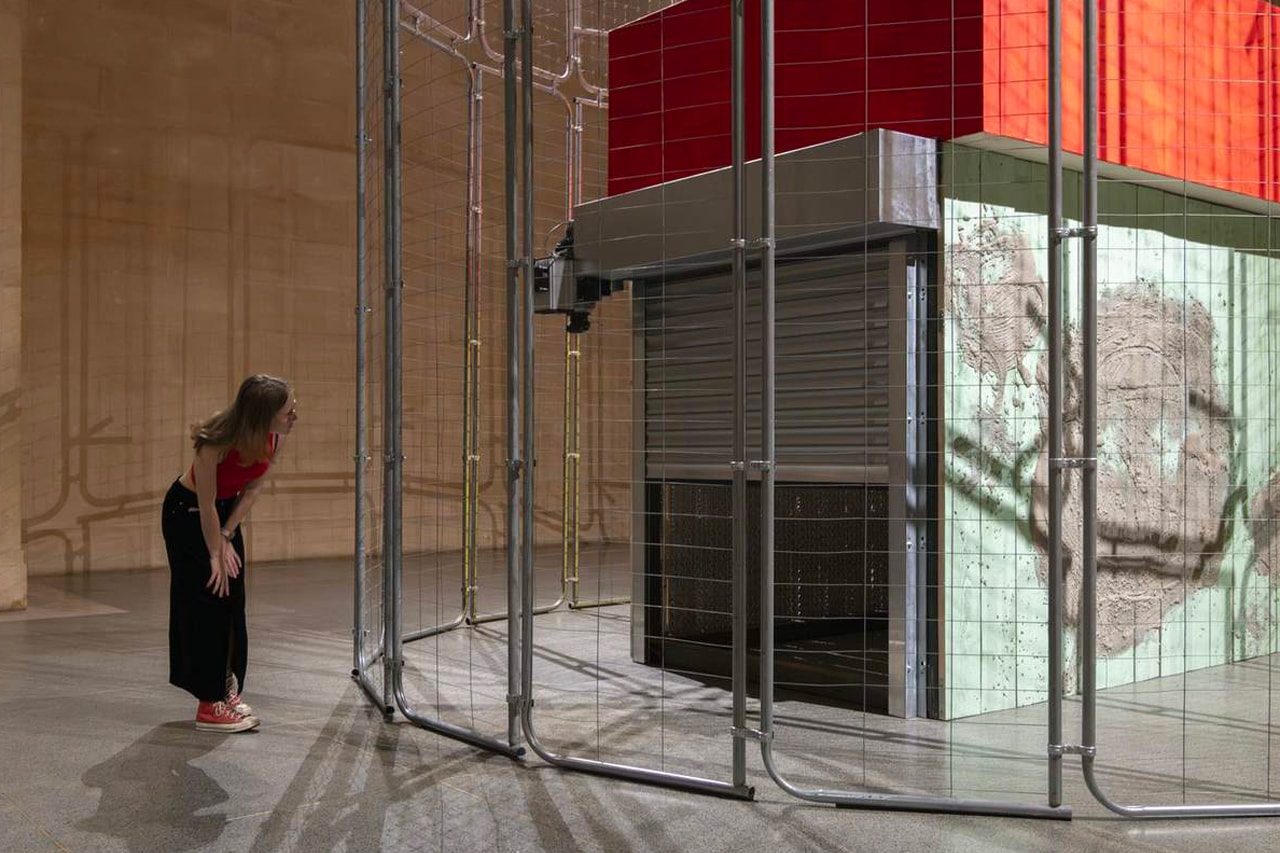
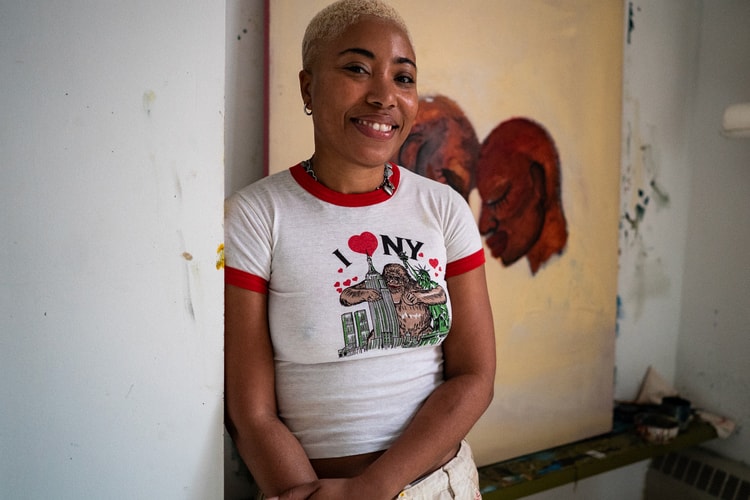
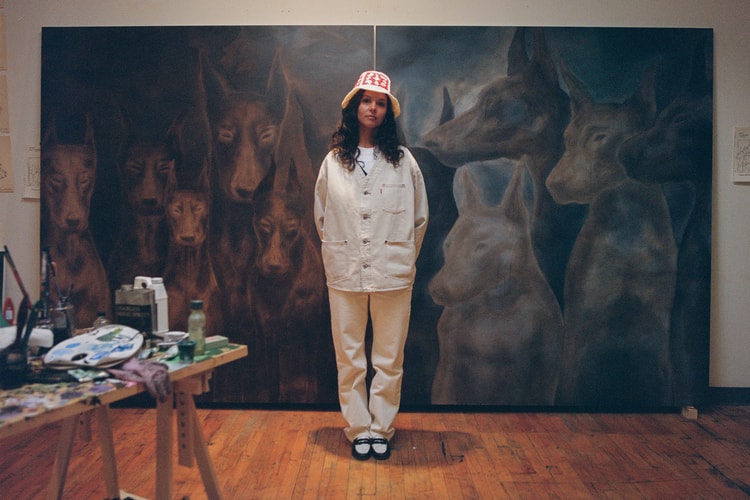
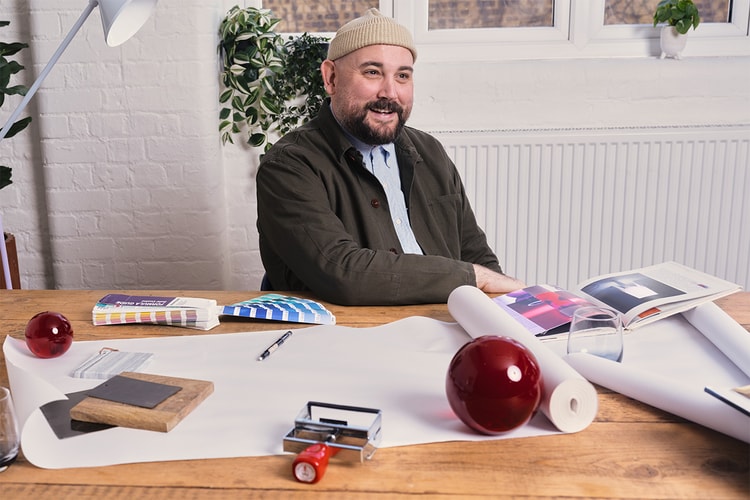
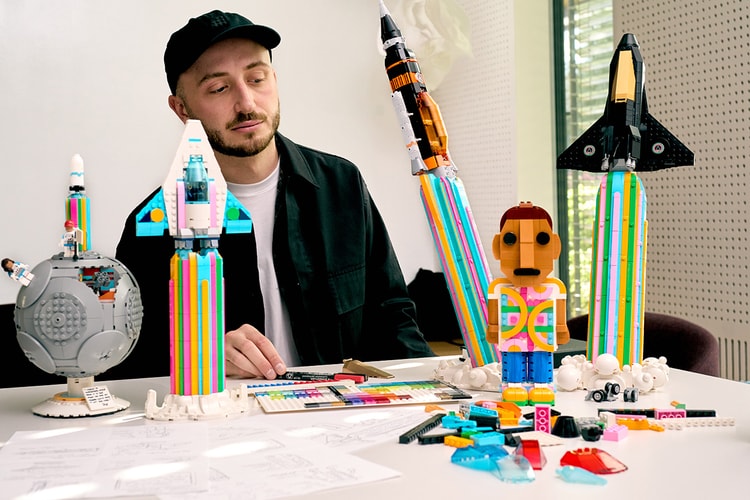
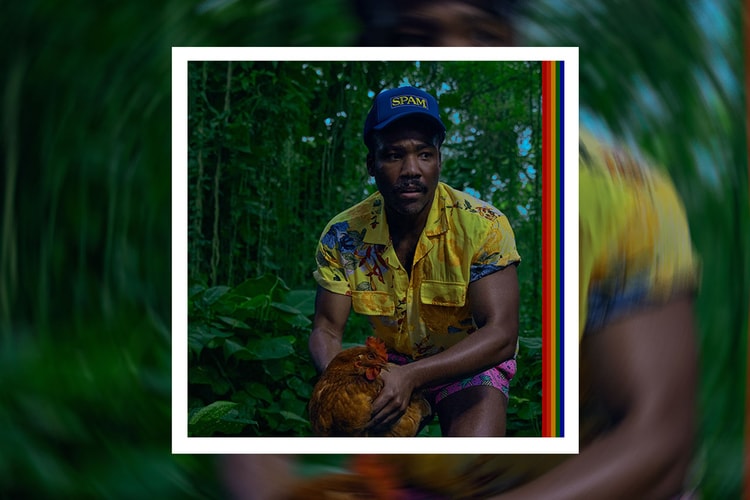
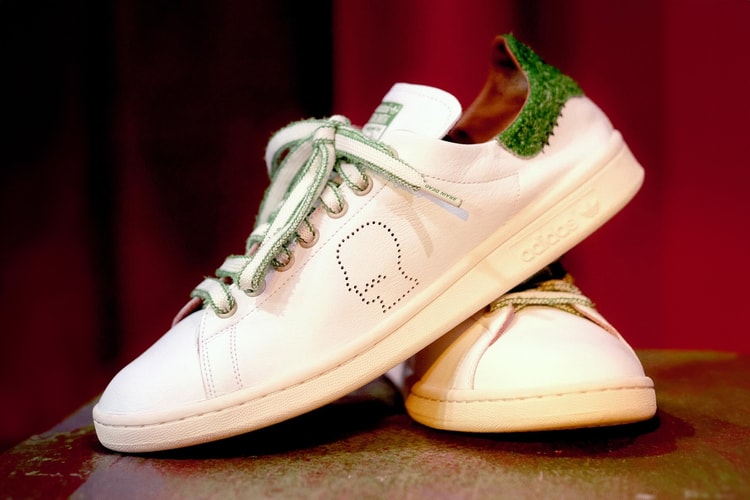
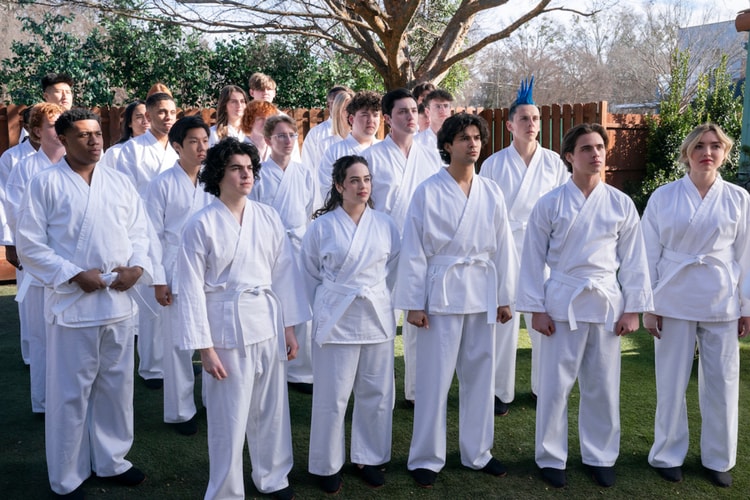
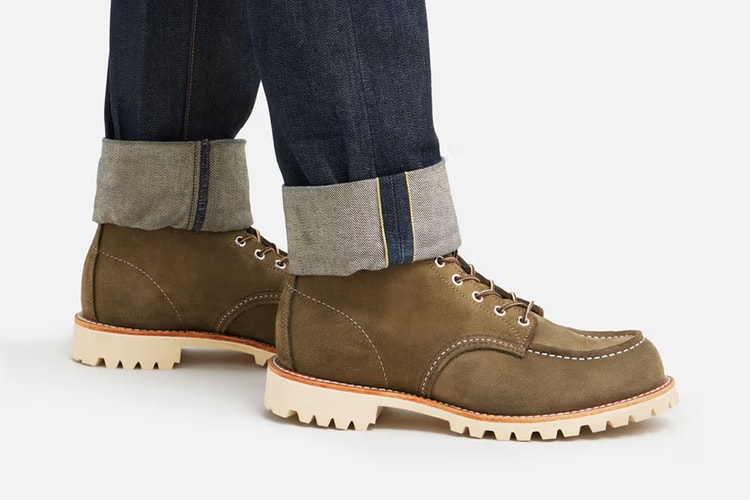
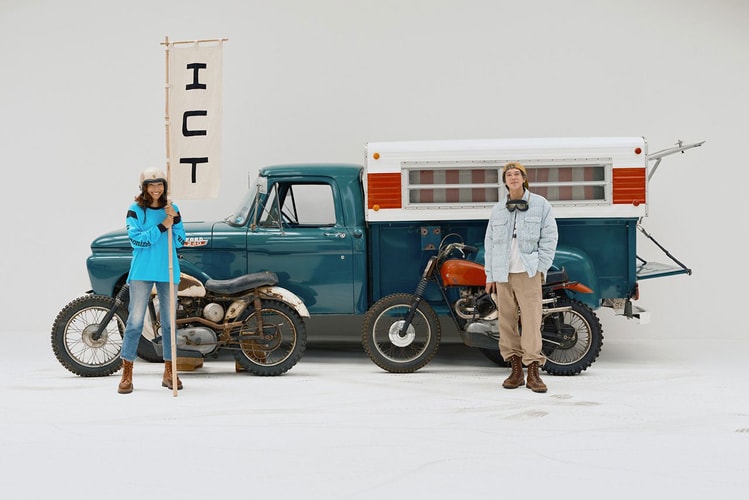
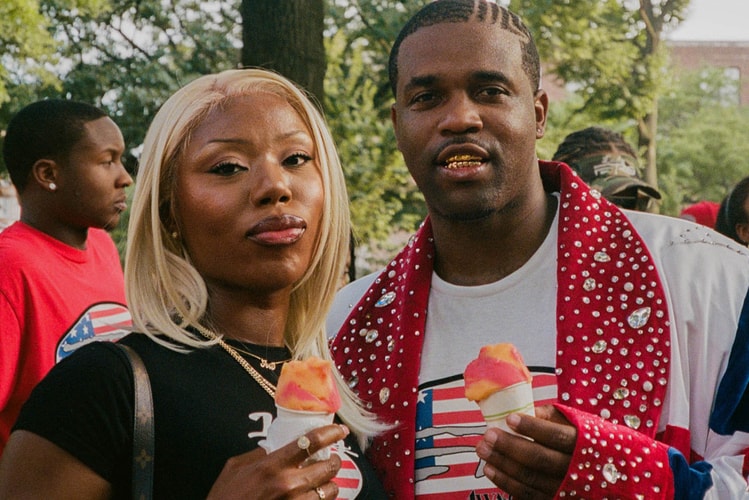
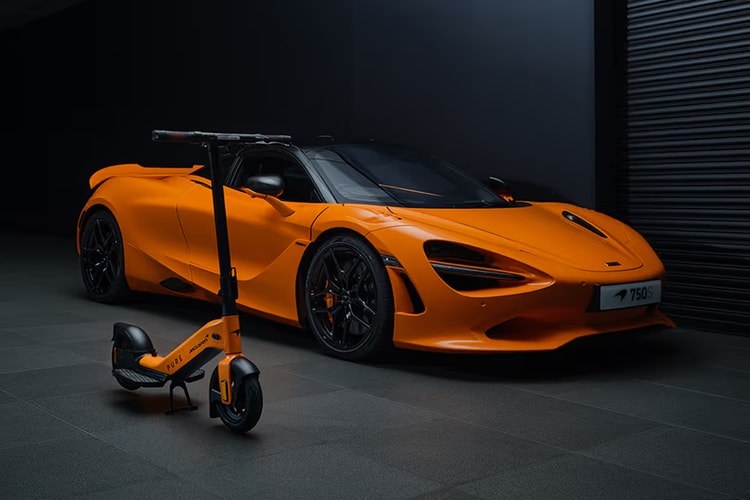
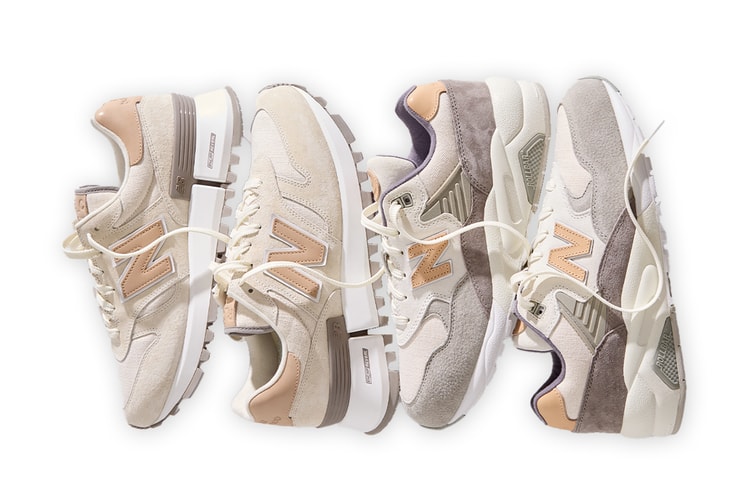

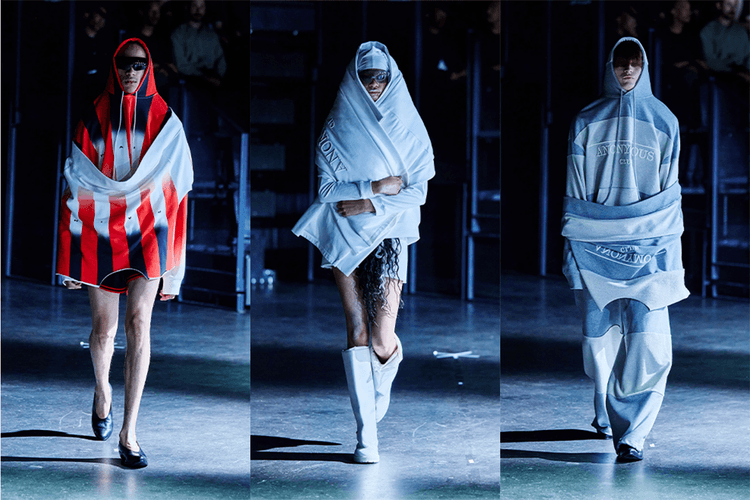
Scan the QR code to open the article on your device or within the Hypebeast App.